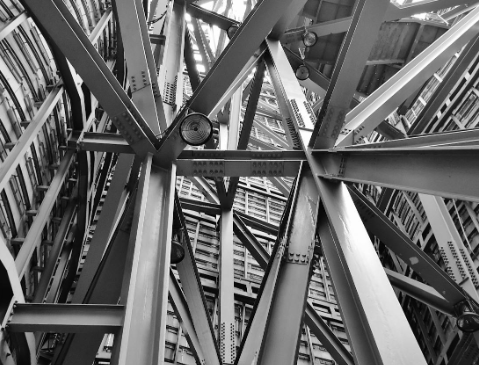Modern 3D printing technologies have opened new possibilities for manufacturing industries. One of the most promising materials is the Aluminum alloy for 3D printing, offering excellent mechanical properties, low weight, and high corrosion resistance. This combination makes aluminum alloys ideal for applications in aerospace, automotive, and industrial engineering.

Main Characteristics of Aluminum Alloy
Lightweight and Strength
Aluminum alloys stand out for their exceptional strength-to-weight ratio. This makes them a top choice when designing components that need to be strong but lightweight, which is crucial in industries where every gram matters.
Corrosion Resistance
Another major advantage is natural corrosion resistance. Aluminum forms a protective oxide layer on its surface, preventing material degradation over time, even in challenging environments.
Thermal and Electrical Conductivity
These alloys offer good thermal conductivity, making them suitable for heat exchangers, cooling systems, and electrical components. The high conductivity also allows better heat distribution during the printing process.
3D Printing Technologies for Aluminum Alloy
Selective Laser Melting (SLM)
SLM technology uses a high-powered laser to fuse fine aluminum alloy powder layer by layer. This process ensures high density and strong mechanical properties of the final parts.
Direct Metal Laser Sintering (DMLS)
DMLS works similarly to SLM but allows for a slightly broader range of metal powders. It’s particularly effective for complex geometries and prototypes that need to be functional and durable.
Applications of Aluminum Alloy in 3D Printing
Aerospace Industry
In aerospace, lightweight and strength are essential. 3D printed aluminum alloy parts help reduce aircraft weight, improve fuel efficiency, and maintain safety standards.
Automotive Sector
Performance cars and electric vehicles benefit from 3D printed aluminum alloy components. These parts can be customized for specific designs while maintaining structural integrity.
Industrial Machinery
From custom tooling to complex machine parts, aluminum alloys in additive manufacturing help reduce production times and costs, especially for small-batch production.
Advantages and Limitations
Advantages
- High strength-to-weight ratio
- Excellent corrosion resistance
- Precision in complex geometries
- Shorter production cycles
Limitations
- Higher cost compared to traditional manufacturing for large-scale production
- Need for specialized 3D printers
- Post-processing requirements to achieve optimal surface finish
Future of Aluminum Alloy in Additive Manufacturing
As technology advances, Aluminum alloy for 3D printing is expected to become more accessible and affordable. Research is already focusing on improving powder quality, printing speed, and reducing costs, making aluminum alloys an even more attractive choice for various industries.